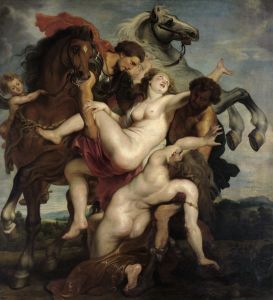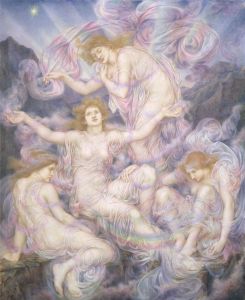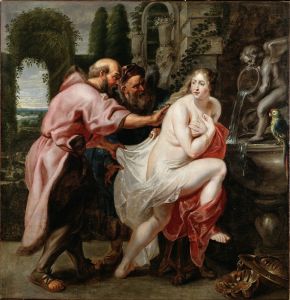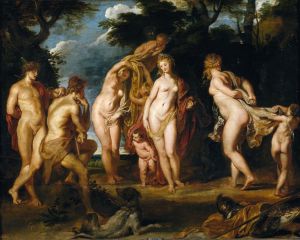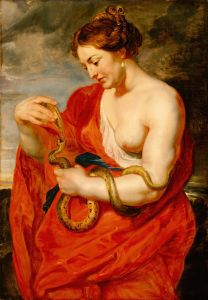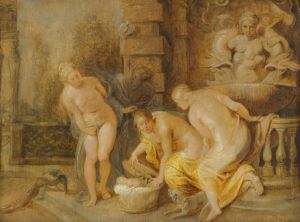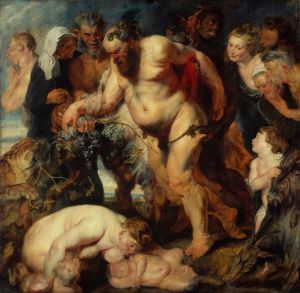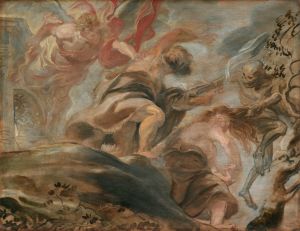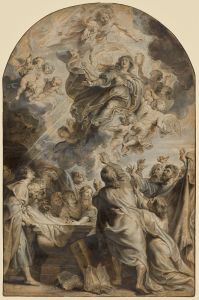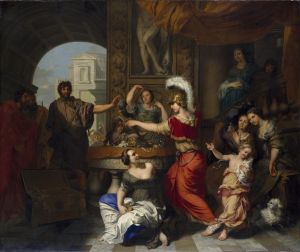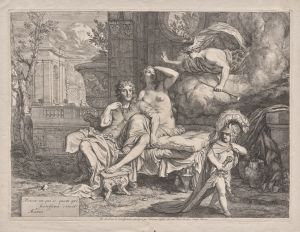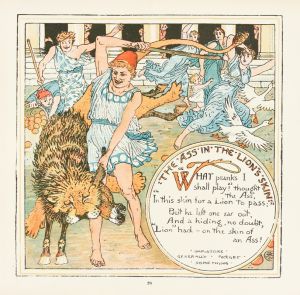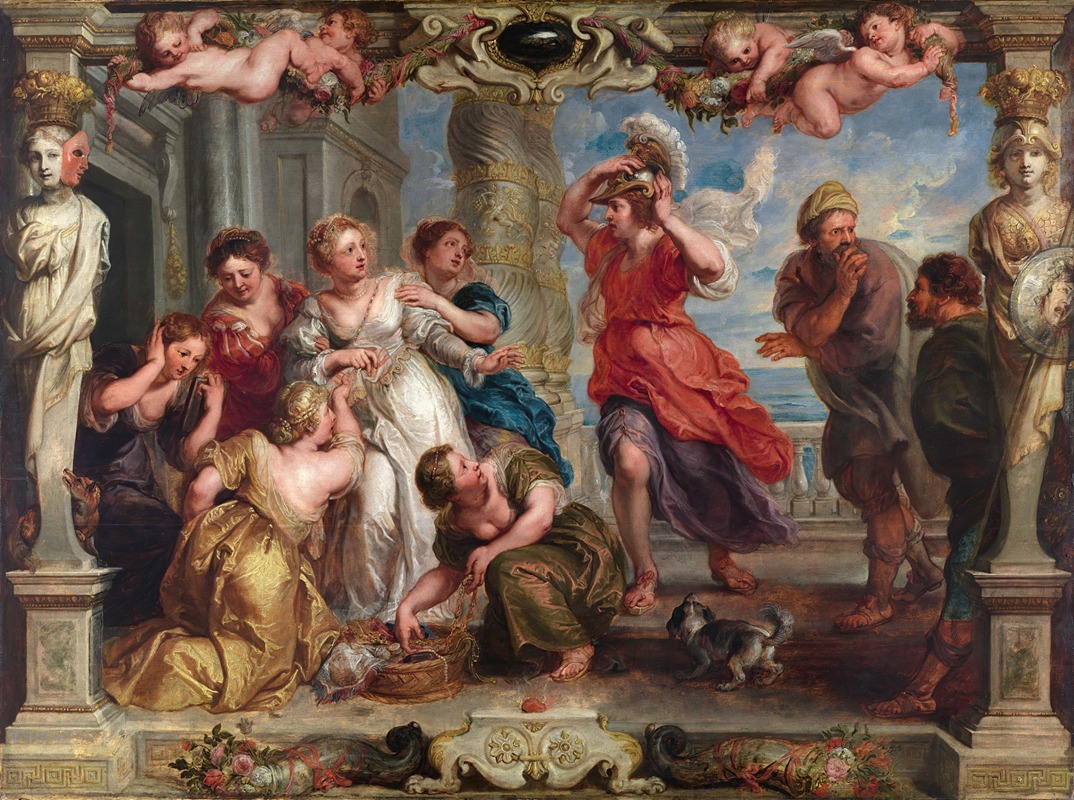
Achilles Discovered By Ulysses Among The Daughters Of Lycomedes
A hand-painted replica of Peter Paul Rubens’s masterpiece Achilles Discovered By Ulysses Among The Daughters Of Lycomedes, meticulously crafted by professional artists to capture the true essence of the original. Each piece is created with museum-quality canvas and rare mineral pigments, carefully painted by experienced artists with delicate brushstrokes and rich, layered colors to perfectly recreate the texture of the original artwork. Unlike machine-printed reproductions, this hand-painted version brings the painting to life, infused with the artist’s emotions and skill in every stroke. Whether for personal collection or home decoration, it instantly elevates the artistic atmosphere of any space.
"Achilles Discovered by Ulysses Among the Daughters of Lycomedes" is a painting created by the Flemish Baroque artist Peter Paul Rubens. The artwork depicts a scene from Greek mythology, specifically the moment when the Greek hero Achilles is discovered by Ulysses (Odysseus) while hiding among the daughters of King Lycomedes. This mythological episode is drawn from ancient sources, including the writings of Statius and later retellings in the Renaissance.
According to the myth, Thetis, the mother of Achilles, sought to protect her son from his fated death in the Trojan War. To do so, she disguised him as a girl and hid him among the daughters of King Lycomedes on the island of Skyros. However, Ulysses, tasked with assembling the Greek forces for the Trojan War, suspected Achilles' presence. To reveal him, Ulysses devised a clever ruse: he presented gifts to the women, including jewelry and weapons. While the daughters of Lycomedes were drawn to the jewelry, Achilles instinctively reached for the weapons, thereby exposing his true identity.
Rubens' painting captures the dramatic moment of Achilles' revelation. The composition is dynamic and theatrical, characteristic of Rubens' Baroque style, which emphasizes movement, emotion, and vivid detail. The figures are rendered with Rubens' signature use of vibrant colors and dramatic contrasts of light and shadow. Achilles is typically depicted in the act of reaching for the weapons, surrounded by the astonished daughters of Lycomedes and the cunning Ulysses.
The exact date of the painting's creation is not definitively known, but it is generally attributed to Rubens' mature period, during which he produced numerous works inspired by classical mythology. The painting reflects Rubens' deep engagement with classical themes and his ability to translate them into visually compelling narratives.
The current location of the painting is the Museo del Prado in Madrid, Spain, where it is part of the museum's extensive collection of works by Rubens. The Prado houses one of the largest collections of Rubens' paintings, showcasing his mastery of mythological, religious, and historical subjects.
This artwork exemplifies Rubens' ability to combine classical storytelling with the dramatic and emotional intensity of the Baroque style, making it a significant piece within his oeuvre and a notable representation of mythological art in the 17th century.





